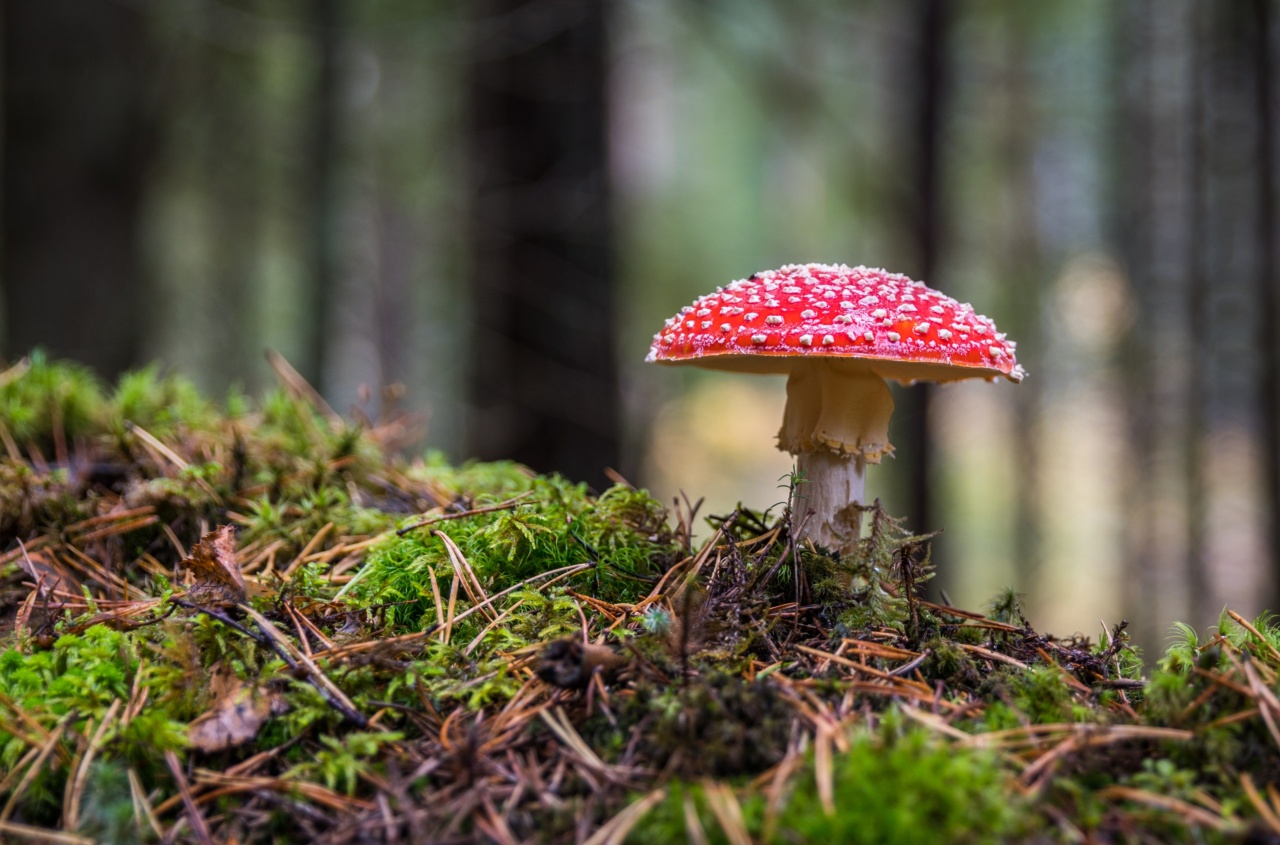It’s no secret that our food system is highly dependent on drugs.
From antibiotics and hormones given to livestock, pesticides used on crops, and other chemicals used in food production, these substances have become a routine part of our food supply. But what many people may not realize is the impact this dependence is having on our environment and the larger ecosystem.
The Use of Antibiotics in Livestock
Antibiotics are commonly given to livestock to prevent and treat illnesses, but they’re also used to promote growth.
According to the FDA, more than 70% of antibiotics used in the United States are given to livestock, and this overuse is contributing to the development of antibiotic-resistant bacteria. These bacteria pose a threat to human health and can be transmitted through contaminated food, water, and contact with animals.
Antibiotic-resistant bacteria aren’t the only problem with this practice. The antibiotics given to livestock don’t just stay in their bodies. They enter the environment through manure, which is spread on fields as fertilizer.
Over time, this can lead to the contamination of soil and water sources.
The Use of Pesticides in Agriculture
Pesticides are chemicals used to kill insects, weeds, and other pests that can damage crops. While they may be effective in protecting crops, they also have negative impacts on the environment.
Pesticides can contaminate soil, water, and air, and they can harm both wildlife and humans.
When pesticides are sprayed on fields, they can drift onto nearby land, contaminating other crops and harming beneficial insects, such as bees. They can also leach into groundwater, which can then contaminate drinking water sources.
Overuse of pesticides can also lead to the development of pesticide-resistant insects and weeds, which can make pest management more difficult over time.
Hormones and Steroids in Livestock
Hormones and steroids are often given to livestock to promote growth and increase meat production.
While the use of these substances is legal in the United States, they are banned in many other countries due to concerns about their impact on human health and the environment.
One of the main concerns with hormone and steroid use in livestock is the potential impact on water sources. When these substances are excreted by animals, they enter the environment through manure and can contaminate waterways.
This can harm aquatic life and impact the quality of drinking water sources. Some studies have also suggested that exposure to hormones and steroids through the food supply could have negative health impacts on humans, such as an increased risk of cancer or developmental issues in children.
The Impact on Biodiversity
The use of drugs in our food system isn’t just impacting human health and the environment. It’s also taking a toll on biodiversity.
Pesticides and antibiotic use can harm beneficial insects and microbes, which play important roles in ecosystems. Overuse of these substances can lead to declines in biodiversity and the loss of valuable ecosystem services, such as pollination and nutrient cycling.
Additionally, the rise of large-scale industrial agriculture has led to the loss of habitat for many species. As forests and other natural areas are cleared to make way for crops and livestock, wildlife populations suffer.
This loss of biodiversity can have cascading effects on entire ecosystems and lead to imbalances that can be difficult to correct.
The Need for Change
To address these issues, we need to shift away from our dependence on drugs in agriculture and livestock production.
This will require changes on multiple fronts, from better regulation of the use of pesticides and antibiotics to a shift toward more sustainable agricultural practices.
One promising strategy is the use of agroecology, an approach that emphasizes the use of natural methods to promote soil health, biodiversity, and ecosystem services.
This can include techniques such as crop rotations, cover cropping, and integrating livestock into cropping systems.
Another key strategy is the promotion of organic agriculture. Organic farming practices prioritize soil health, biodiversity, and the use of natural methods to control pests and diseases.
This can reduce the amount of pesticides and antibiotics used in food production and improve the health and well-being of both humans and the environment.
Conclusion
Our food system’s dependence on drugs is having far-reaching impacts on the environment, biodiversity, and human health.
By recognizing these impacts and implementing strategies to shift away from this dependence, we can create a more sustainable and resilient food system for future generations.






























